Methods of growing and propagating ivy
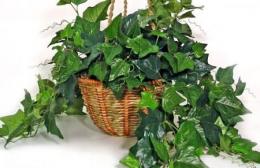
The most common indoor plant in the Araliaceae family is ivy. This plant with flowing green leaves will decorate any interior.
Thanks to the flexible stems, you can create various compositions in combination with other flowers. That’s why florists, designers, and just lovers of indoor plants love it so much.
Content:
- Description and types of plants
- Technology of growing and propagating ivy
- Recommendations for caring for ivy
Description and types of plants
Ivy – evergreen, which has a creeping shape and branching shoots. The leaves are generally long-petiolate and arranged alternately. The base of the leaf resembles a heart-shaped shape, the leaf surface is smooth.
Under normal conditions, common ivy can grow up to 25-30 meters in length.
The flowers do not have any special decorative value, since they are small and almost invisible. Common ivy has fruits - small, round berries.
Thanks to its aerial roots, ivy wraps around the walls of a house, room, trees, etc. The plant can be grown in pots in garden plots. Mainly used as vertical gardening.
Depending on the type of ivy, it can have different colors and leaf shape. There are about 16 types of ivy, but the most common are:
Ivy.The following varieties of ivy are distinguished: Irish ivy has large, wide and lighter leaves, Baltic ivy has small leaves and is frost-resistant, Tauride ivy has arrow-shaped narrow leaves, bordered ivy has a yellow-white stripe along the edge of the leaf, and in autumn it acquires a pink or red tint.
Kodhid ivy. The shoots are thin and have short sucker roots. The leaves of the plant are shiny, whole green. Unlike common ivy, it grows faster.
Shepherd's ivy. Reaches a length of only 10 meters. The plant is sensitive to low temperatures. Propagated only by cuttings. The leaves are bright green, of various shapes: lanceolate, round, heart-shaped. The edges can be wavy, angular or solid.
Technology of growing and propagating ivy
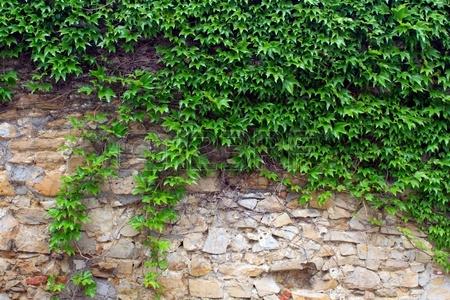
In order for ivy to develop and grow well, it is necessary to choose the right seedlings. They should not have yellow leaves or limp roots. Planting should be done in the fall so that the plant can take root before frost appears.
There are 2 ways to propagate ivy:
Cuttings. For propagation, apical or stem cuttings are taken. The apical cuttings are cut and placed in ordinary pots or soil. Ivy loves high humidity, so it should be maintained regularly. To do this, the cuttings are covered with a jar or film. The optimal temperature is at least 15 degrees.
The soil mixture for ivy should consist of sand and deciduous soil. Stem cuttings can be used for propagation. Propagation is carried out by cutting off the entire shoot, which has 7-10 leaves.
It must be placed on the sand so that the leaves remain on the surface. The depth of indentation should be 1.5-2 cm.After 7-11 days, underground roots appear from the aerial roots on the stem.
After this, the tip of the shoot begins to grow in length. Then, after 14 days, remove the shoot from the sand and cut it into cuttings so that the root and leaf remain.
After this, plant the prepared cuttings, 3-4 pieces each, in pots with a diameter of 7 cm or in the ground. This breeding option is more suitable for those who want a green curtain.
Reproduction layering. This method of propagation involves digging in long shoots. Before covering with soil, make small cuts on the underside of the shoots and then secure them in the ground with a U-shaped bracket. After the plants have taken root, they should be carefully separated and replanted.
Recommendations for caring for ivy
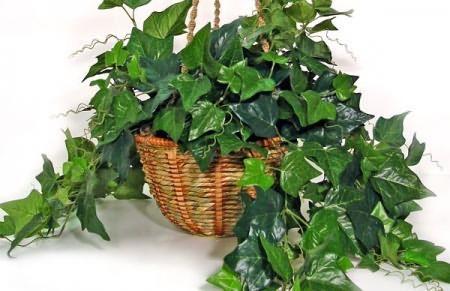
Ivy is an unpretentious plant, so it needs to be constantly moistened. In hot weather, watering should be plentiful. Spraying is also recommended. In winter, watering is reduced; water is added if necessary if the soil is completely dry.
Ivy can grow both in the shade and in lighted areas. The best temperature for the plant in summer is 25-30 degrees, in winter – 12 degrees.
The plant does not react to temperature changes and tolerates these changes well.
Any plant must be fed with special fertilizers.
Ivy is no exception. It is necessary to use fertilizers intended only for decorative purposes.indoor plants.
Feeding should be done from March to August. Mullein infusion has a beneficial effect on the ivy root system. Adult ivy should be replanted once every 2-3 years, and young plants every year.
If the leaves become dry or brown spots appear on the edges, this indicates dry air in the room or high temperature, which ivy does not like.
Fallen and yellowed leaves indicate a lack of moisture. If the humidity is too high, the plant becomes infected with fungus. To get rid of it, you should use fungicidal drugs.
In open ground, the main pests of ivy are spider mites and whiteflies. In case of extensive pest infestation, the plant must be treated with an Insecticide.
With proper care of the plant, problems with cultivation are extremely rare. Growing ivy at home or on a summer cottage is not difficult. The main thing is to follow the rules and recommendations for growing and caring for the plant.
Methods of growing and propagating ivy
Interesting information about the vegetable garden


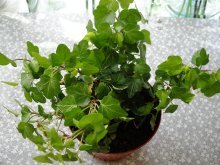

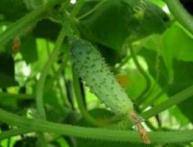
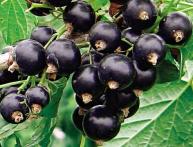
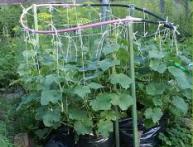
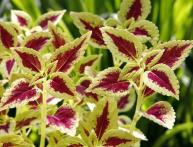
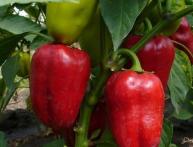
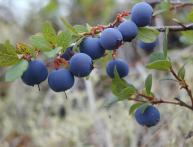
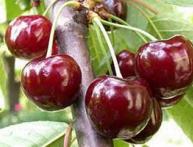
Comments
We have evergreen ivy growing here. Well, it has been growing for a very long time, just like ants. But Irish ivy grows very quickly and beautifully weaves everything around, but the downside is that in winter its leaves fall off.